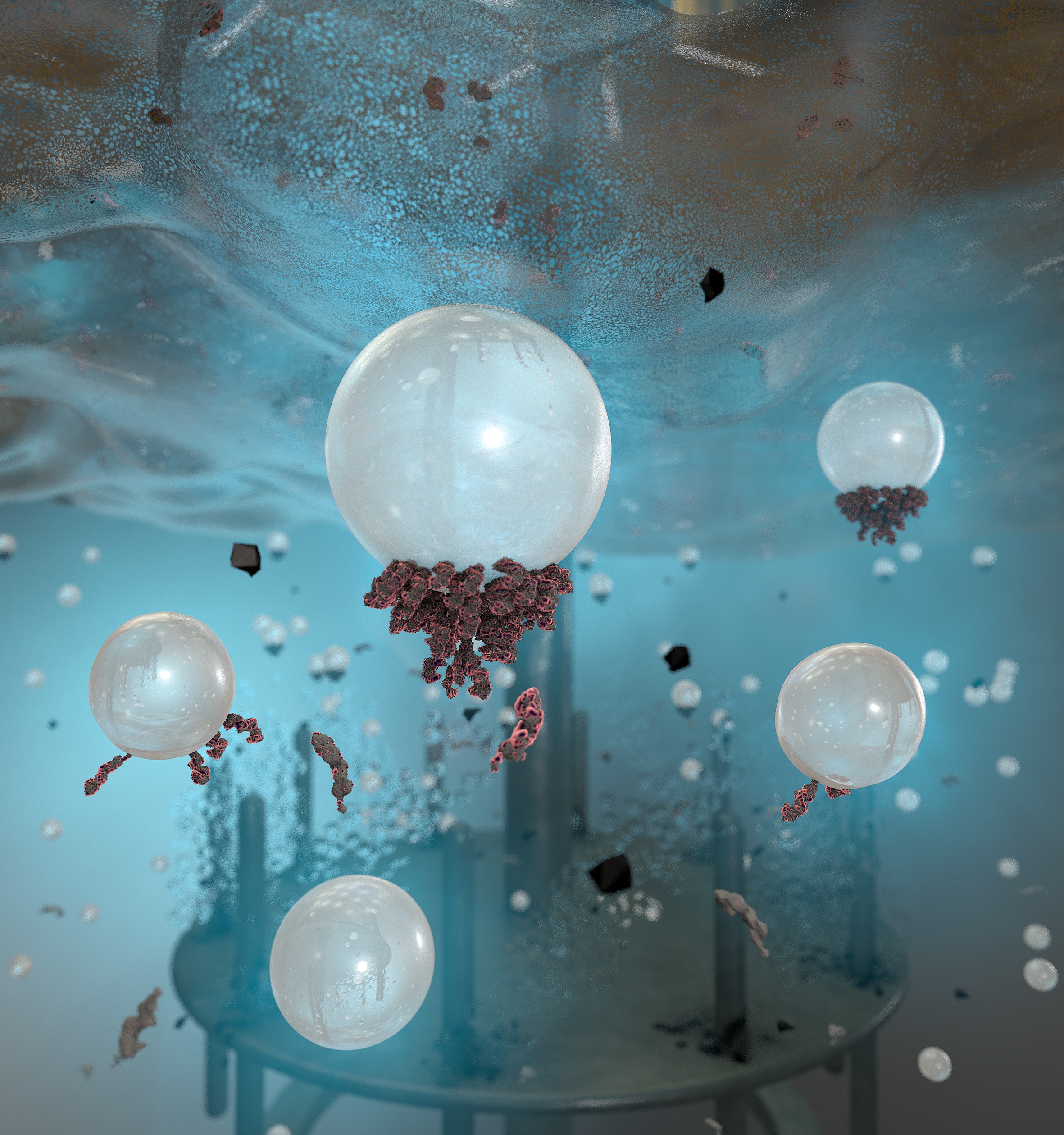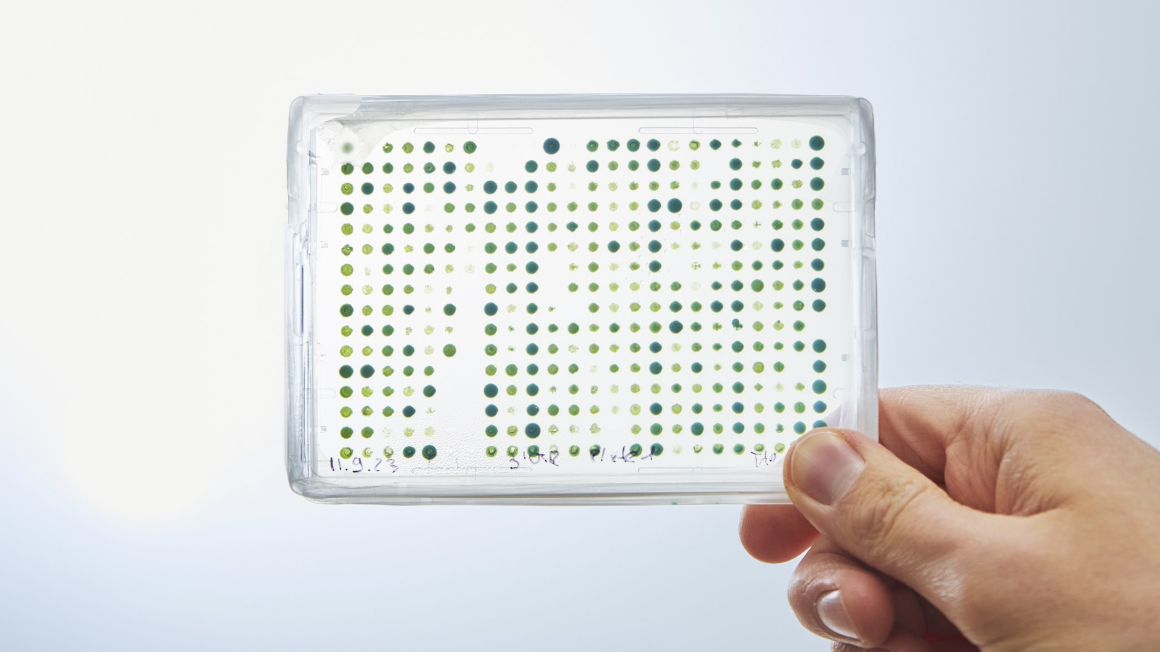Mining copper with microbes
So far the processing of copper ores requires the application of toxic chemicals. A new Chilean-German research project aims at an eco-friendly product from marine bacteria.

Copper is an important bulk metal for the German industry: it is mainly used in the cable and electrical industry, but also in the construction and automotive sectors, and in mechanical engineering. Until now most of it had to be imported either in the form of metal concentrates or crude ore. The world market leader Chile has been an important copper partner for Germany. Moreover, “Chile has an obvious interest in making its own mining production of copper more efficient and environmentally responsible,” explains Martin Rudolph, Head of the Processing Division at the Helmholtz-Institute Freiberg for Ressource Technology (HIF). The institute belongs to the Helmholtz-Zentrum Dresden-Rossendorf (HZDR) and is cooperating closely with the TU Bergakademie Freiberg. The HIF investigates new technologies aiming to secure the long-term supply of technology metals for the economy.
The researchers from the Helmholtz Institute see great potential regarding copper mining in the pacific coastal state. Currently the Chilean mines use salt water instead of fresh water to recover the valuable metal, which requires an increased amount of Chemicals for the process. Additionally it leads to the loss of the molybdenum contained in the ore, which is an important rare metal that is used for steel alloys, lubricants and electronic components.
Chemicals replaced by bacteria
With this in mind, a new cooperation between the HIF and the Advanced Mining and Technology Center at the Universidad de Chile in Santiago de Chile started in February. Supported by the Federal Ministry of Education and Research (BMBF) the researchers have set themselves a three-year deadline to prove that it is possible to mine copper in a more sustainable and environmentally friendly way.
Bacteria could be a promising solution to this project. Similar approaches to use microbes are already being used for the mining of rare earth elements. Processing of copper requires bacteria that are already adapted to saline conditions. Therefore the scientists are focusing on bacteria from the sea. The researcher estimate that these bacteria could be a promising alternative to the use of chemicals and could minimize the loss of the molybdenum during the process. “We do not need living microbes as such, but only those active substances that are specifically able to alter mineral surfaces” explains Katrin Pollmann, who heads the HIF biotechnological working group. “These can be bacterial cells, cell components, metabolic products or biomolecules.”
Sustainable mining of crude ores
Using biomolecules could transform the currently and widely used method of flotation into a much more eco-friendly and sustainable process. Flotation has been used in industry for the past 150 years in the processing of raw materials. The copper content of crude ore is often times very low and difficult to access, but can be enriched fairly easily using flotation. During flotation, the finely ground ore is mixed with water. The addition of chemicals makes the ore particles differentially wettable; valuable substances are extracted while worthless particles are left behind. This way the copper content of crude ore can be enriched from around one percent to approximately 30 percent.
Bioflotation as the new gold standard
In the future, the researchers want to establish a new bio-based approach called bioflotation. Instead of using chemical reagents, bioactive substances that are extracted from saline-adapted bacteria will be added to the ore minerals. The fact that bacteria need the iron mineral pyrite for their metabolism is already exploited in the industry today. During the processing of copper, pyrite needs to be extracted as waste. The goal now is to use bioactive substances that filter out the minerals containing copper and molybdenum, while metabolizing the useless iron mineral pyrite. The first step towards establishing this new bioflotation process will be to identify suitable bacteria and isolate the bioactive substances. The next step will be to analyze the interactions with the mineral surfaces down to the level of individual molecules. Martin Rudolph considers the long-term prospects of the project: “We assume that bioflotation can be readily integrated into classic processing routes. A further advantage is that bioactive substances degrade naturally in the environment. How they behave there is a matter for further research.”
jmr


